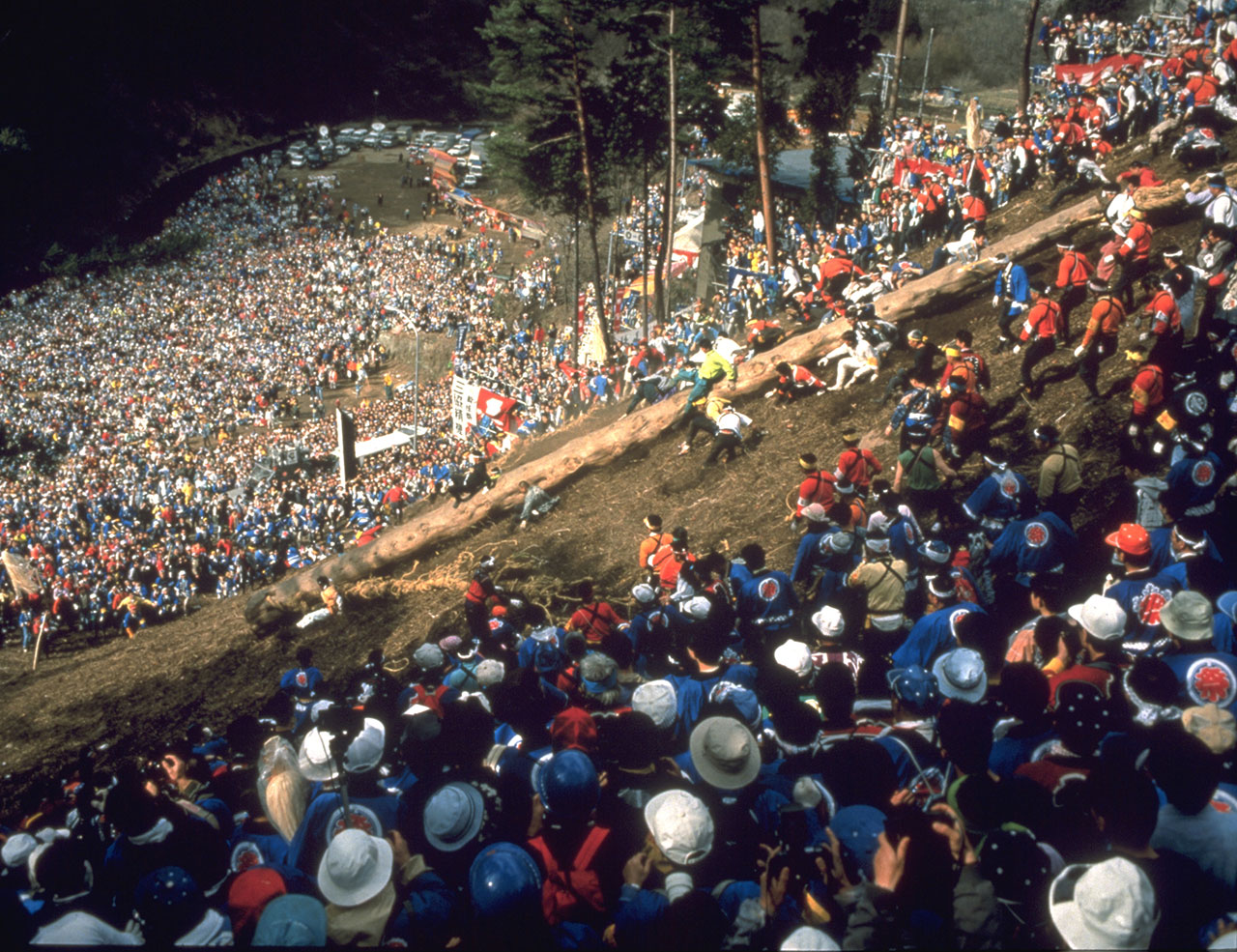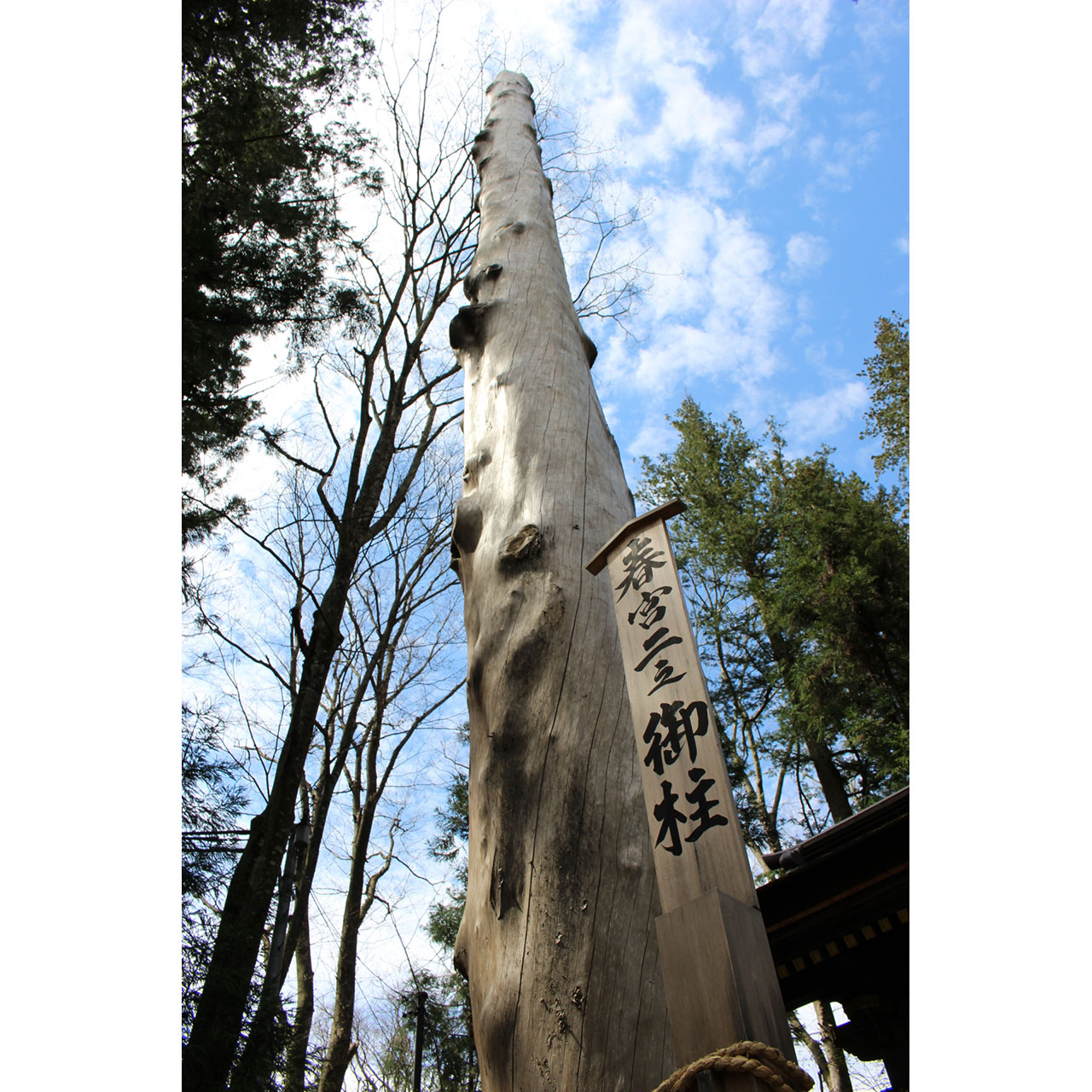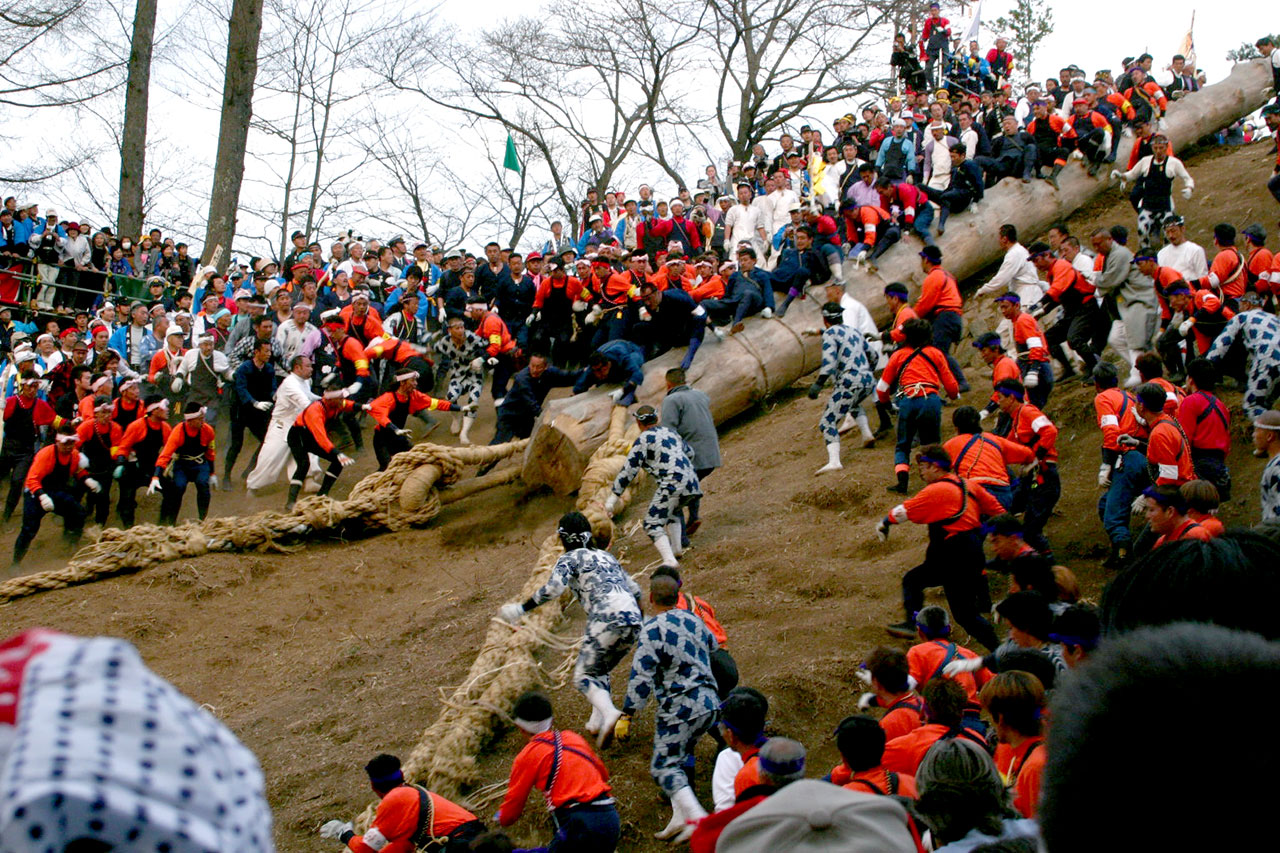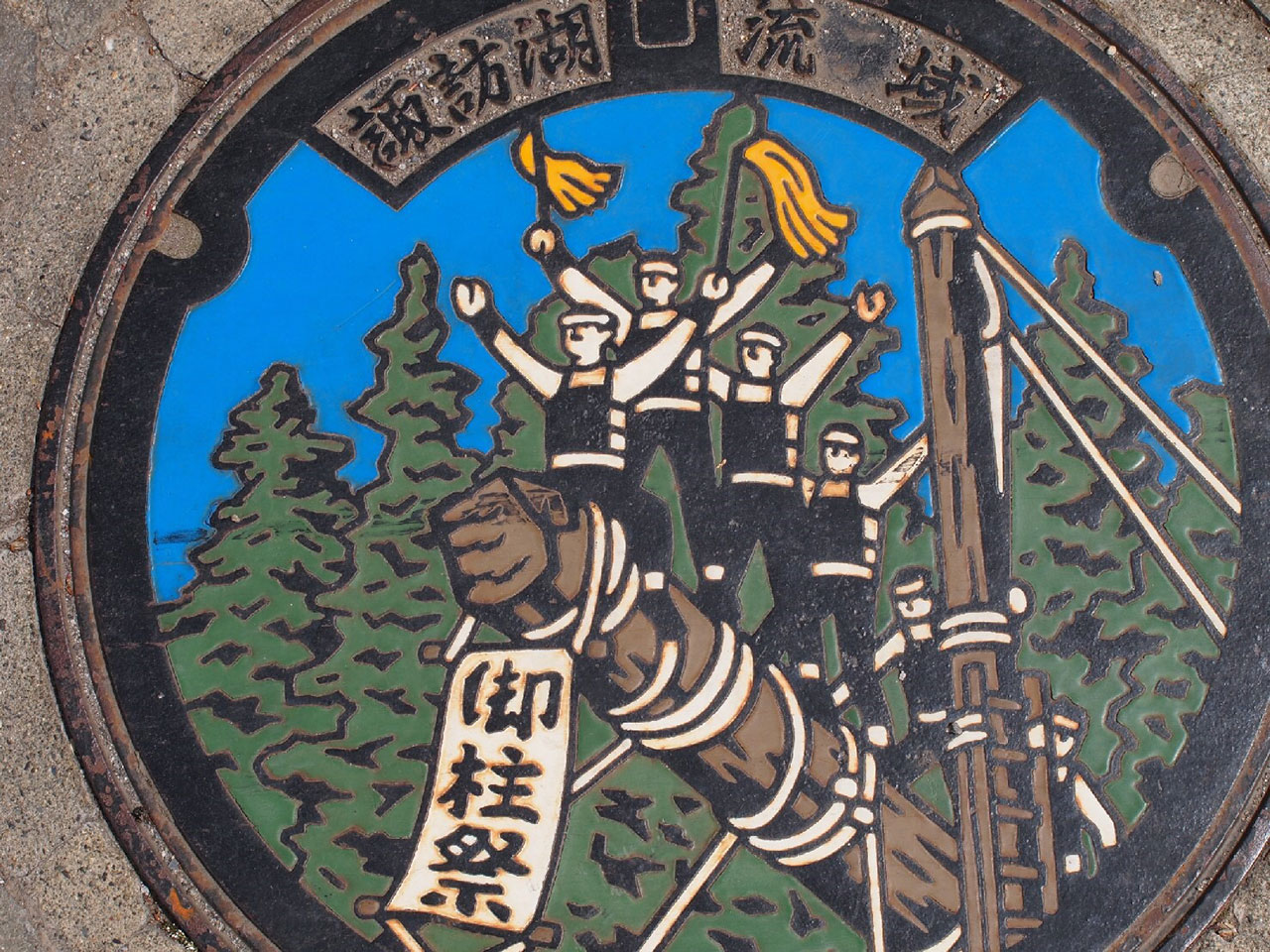Onbashira: Japan’s deadliest festival
June 4, 2019

Considered Japan’s most dangerous festival, it is perhaps a good thing that the riotous Onbashira festival only takes place every six years. Held in the Suwa region of Nagano for over 1,200 years, this unusual event is one of renewal, but often results in a loss of life. The risks of the celebration have never deterred the local participants or observers, however, who flock from nearby prefectures to witness the ceremony in the years of the tiger and monkey.
Referring to the wooden pillars replaced during the festival, onbashira are places at each corner of the Suwa Taisha grounds. Formed of two shrines, each with two sites, a full renewal requires 16 of the strongest trees from the nearby forests. For the upper shrine, fir trees are selected from Mount Okoya of the Yatsugatake mountains. A preliminary selection, called kari-mitate, takes place a full two years in advance, and a year later, the formal selection, known as hon-mitate is completed. For the lower shrines, trees are selected from the Higashimata National Forests. Required to be 17-meter tall and often weighing around 10 tons, it’s easy to imagine the damage these felled trees could cause to their transporters.

Divided into two sections, the festival begins in April with Yamadashi, meaning “coming from the mountains.” When the trees are felled, their journey to the shrines begins, surrounded by over 3,000 participants. Using nothing but their own strength combined with ropes and the slopes of nature, the eager locals must move the pillars to the shrine, crossing whatever challenges they face. Although traditionally the festival only allowed men to take part, women are now allowed to join, having continued the event during the Second World War when many men were away.

Dressed in bright colors of their local areas, the crowds pull and push the logs toward steep slopes—creating some of the most nail-biting scenes of the event: Kiotoshi. As the logs are pushed over the edge, honored locals are selected to ride them on the descent, often thrown off and lucky not to be crushed beneath. Further on, the logs destined for the upper shrine must be carried across rivers. Called Kawagoshi, this is one of the more dangerous sections, with two lives lost in 1992.
It is surprisingly the second section which has resulted in the most deaths, however. Taking place a month later in May, Satobiki sees the chosen pillars erected at each corner. Along with parades and singing, the pillars are lifted with men clinging to them in celebration. While harnesses and guide ropes were introduced decades ago, accidents are not unheard of, and most of the festival’s deaths, including two in 2010 and one in 2016, happen during this section. While the deaths are considered honorable, they are still a sober loss for the communities involved.

In 2022, the next Onbashira festival will take place, complete with safe viewing areas for spectators and no shortage of brave participants. Tickets can be bought for these areas in advance, offering a great view of the festivities. For those lucky enough to be in Japan during either section, this is a rare opportunity to see a long-standing and dangerous piece of Japanese culture.
For more details, contact DMC Japan to discuss ideas, locations and rates.
Contact Us


